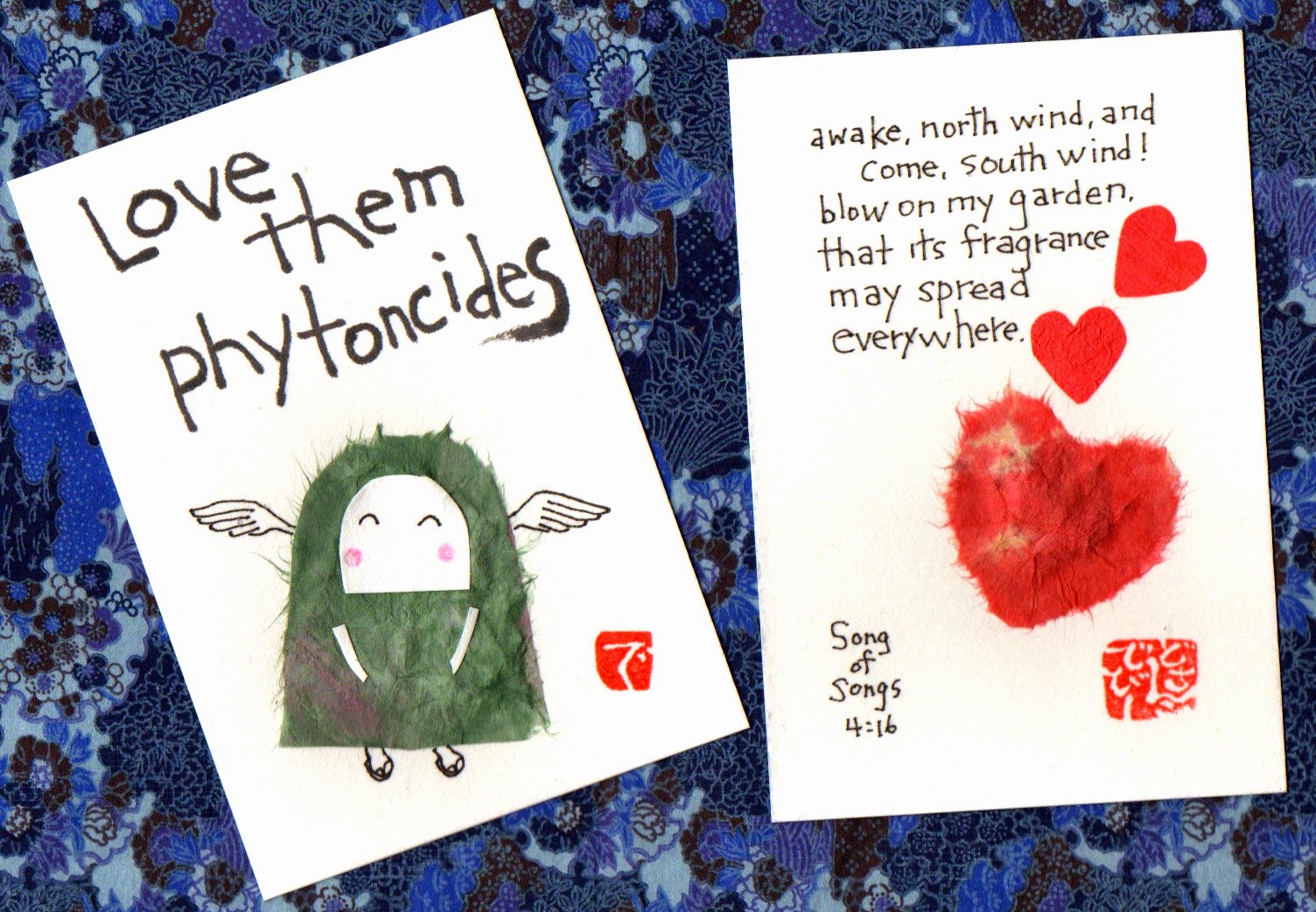Kami-fuusen (paper balloons) were one of my favorite toys as a child. You could find them in the traditional pattern (see small photo below right) at the small, dusty, mom & pop shops where children bought pencils and notebooks and other school supplies on the way home from school.
 |
| traditional kami fuusen |
Paper balloons are harder to find these days, but when you do find them, they come in a most remarkable variety of images and patterns, sometimes with extensions like wings and fins and much more astonishing features. But I was most thrilled to discover one shop from which I could order PLAIN WHITE paper balloons! They are perfect as a canvas for a spherical form of etegami.
The balloons are made of waxy paper which repels any traditional etegami paints, so I decorate them with bits of chiyogami (patterned washi paper), and I use a black permanent marker to write the message. The kami fuusen are folded up in the package when I buy them, so I open them up partway to create flat surfaces to decorate. The balloons have a blowhole at one end, so you can either press your lips to it or stick a drinking straw through it, then blow it up into a ball.























































